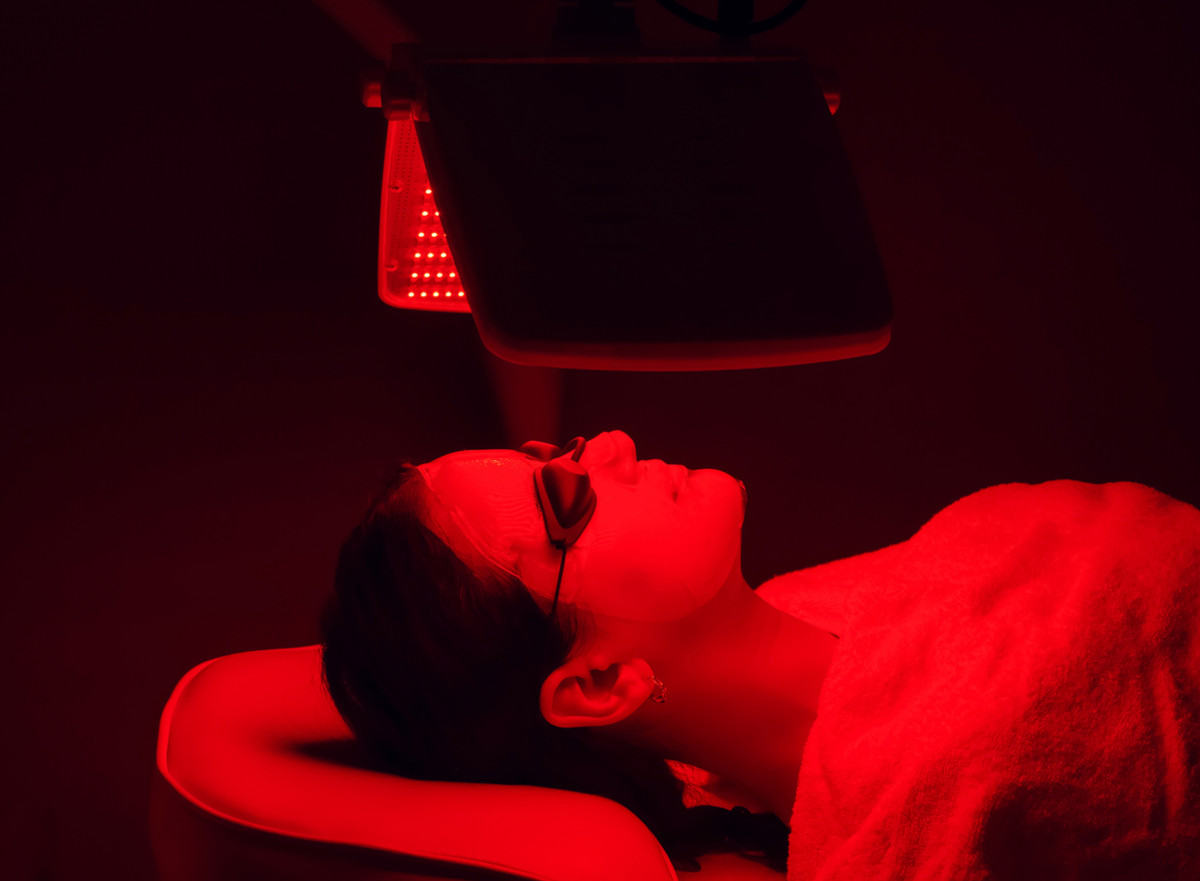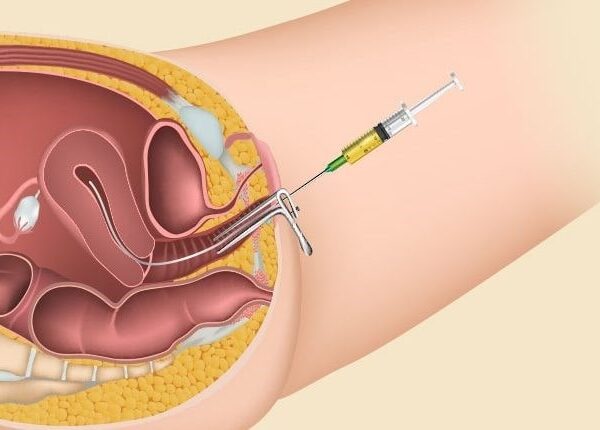Arthritis, a common condition characterized by joint pain and inflammation, affects millions of people worldwide. While traditional treatments such as medication and physical therapy can provide relief, many individuals are turning to alternative therapies like red light therapy for arthritis. In this article, we’ll explore how red light therapy works and its potential benefits in managing arthritis symptoms.
Understanding Arthritis and Its Impact
Before delving into red light therapy, let’s first understand arthritis and its effects on the body. Arthritis encompasses a group of over 100 different conditions that affect the joints, causing pain, stiffness, and swelling. The two most common types of arthritis are osteoarthritis and rheumatoid arthritis, both of which can significantly impact quality of life and mobility.
Introducing Red Light Therapy
Red light therapy, also known as low-level laser therapy (LLLT) or photobiomodulation, is a non-invasive treatment that involves exposing the skin to low levels of red or near-infrared light. This light penetrates deep into the tissues, where it is absorbed by cells and stimulates various biological processes.
How Red Light Therapy Works for Arthritis
Red light therapy works through several mechanisms to alleviate arthritis symptoms:
Reduced Inflammation: Red light therapy has been shown to reduce inflammation in the joints, which is a hallmark of arthritis. By targeting inflammatory pathways and promoting cellular repair, red light therapy helps to alleviate pain and swelling associated with arthritis.
Improved Blood Circulation: Arthritis can impair blood flow to the affected joints, leading to tissue damage and decreased mobility. Red light therapy enhances blood circulation, delivering oxygen and nutrients to the tissues while removing toxins and waste products. This improved circulation supports joint health and function, reducing pain and stiffness.
Stimulated Cellular Repair: Red light therapy stimulates the production of adenosine triphosphate (ATP), the energy currency of cells. This increase in ATP production accelerates cellular repair and regeneration, helping to rebuild damaged cartilage and connective tissues in the joints.
Pain Relief: Red light therapy activates the body’s natural pain-relieving mechanisms, including the release of endorphins and serotonin. This leads to pain reduction and improved pain tolerance, allowing individuals with arthritis to experience greater comfort and mobility.
The Benefits of Red Light Therapy for Arthritis
Research suggests that red light therapy can offer several benefits for individuals with arthritis:
Pain Relief: Numerous studies have demonstrated the effectiveness of red light therapy in reducing arthritis-related pain. By targeting pain receptors and promoting the release of endorphins, red light therapy provides relief from discomfort and improves overall quality of life.
Improved Mobility: Arthritis can limit mobility and range of motion in the joints, making everyday tasks challenging. Red light therapy helps to decrease stiffness and increase flexibility, allowing individuals with arthritis to move more freely and engage in activities they enjoy.
Reduced Inflammation: Inflammation is a key contributor to arthritis symptoms, including pain and swelling. Red light therapy has anti-inflammatory properties that help to decrease inflammation in the joints, leading to decreased pain and improved joint function.
Non-Invasive and Safe: Unlike some conventional treatments for arthritis, such as medication or surgery, red light therapy is non-invasive and carries minimal risk of side effects. It can be used alone or in combination with other treatments, making it a safe and versatile option for arthritis management.
Conclusion
Red light therapy holds promise as a safe and effective treatment for alleviating arthritis symptoms. By targeting inflammation, improving blood circulation, and promoting cellular repair, red light therapy offers numerous benefits for individuals with arthritis. Whether used as a standalone treatment or in conjunction with other therapies, red light therapy provides a non-invasive and drug-free approach to managing arthritis pain and improving quality of life. As research in this area continues to evolve, red light therapy may emerge as a valuable tool in the comprehensive treatment of arthritis.





